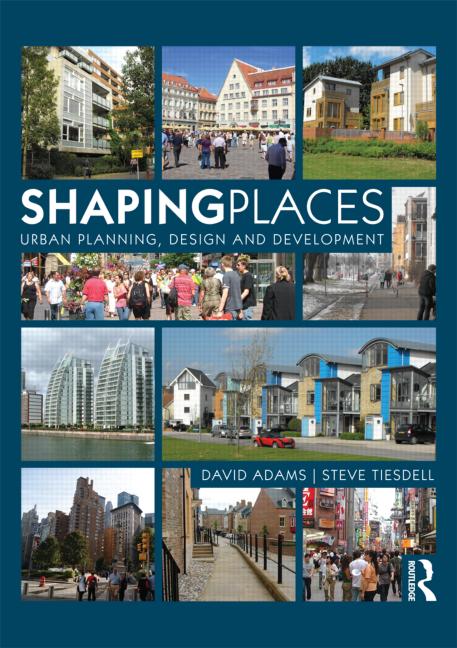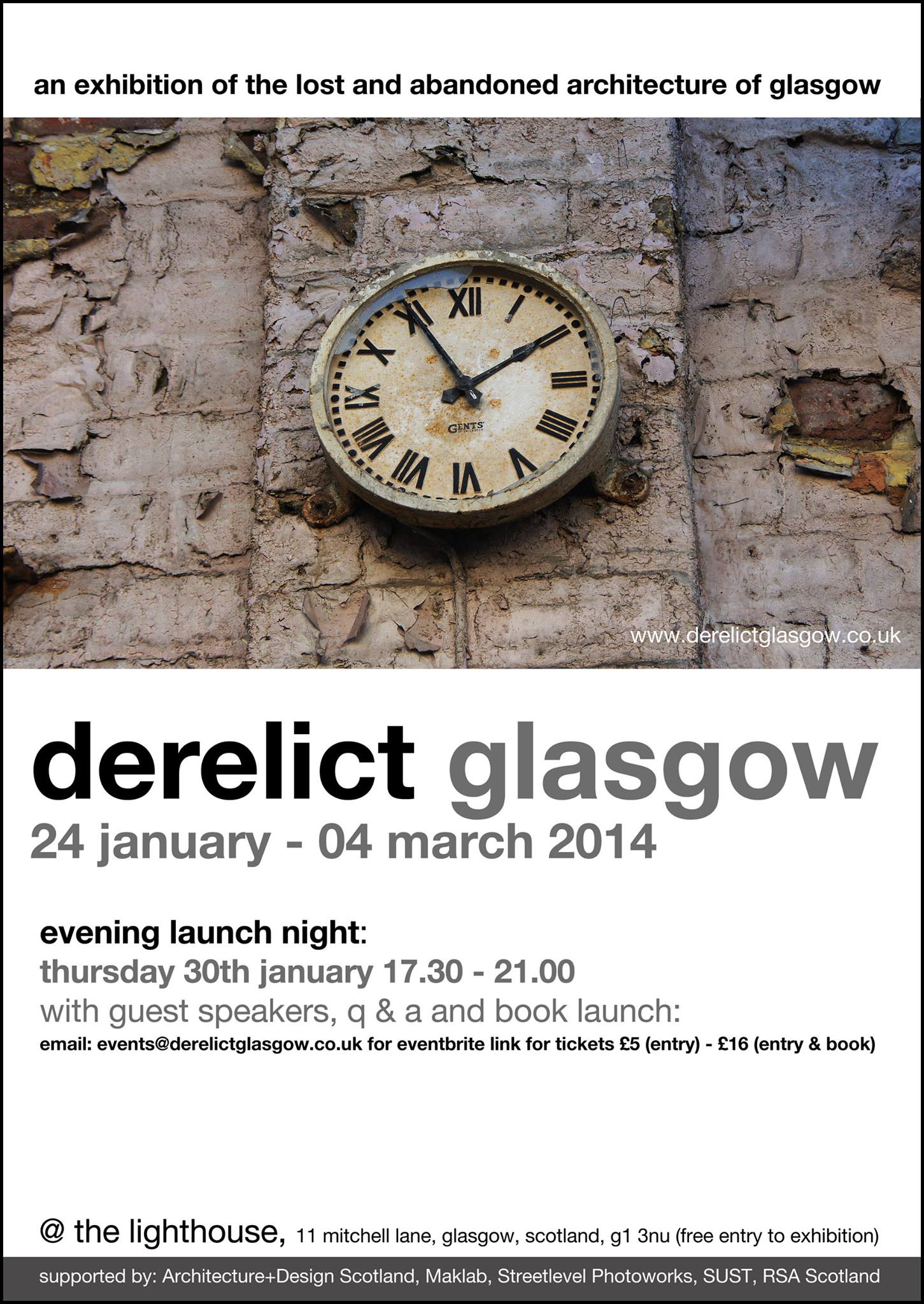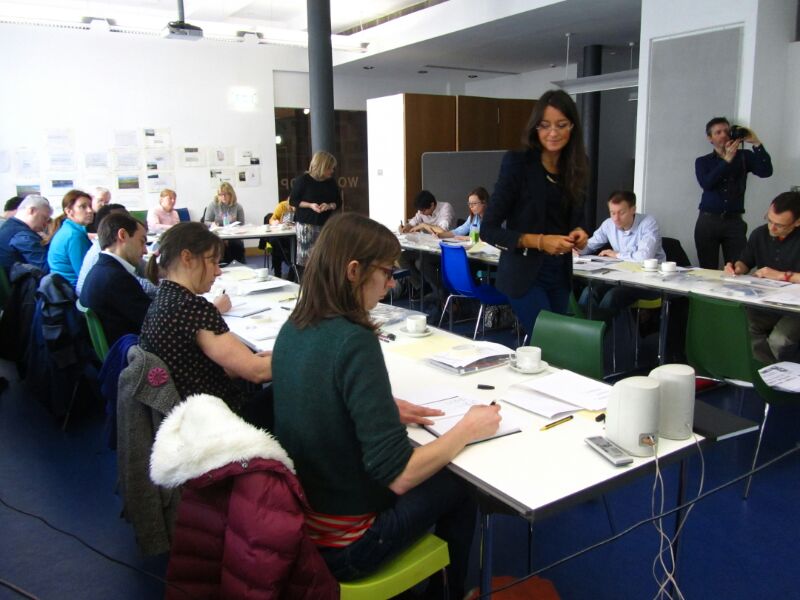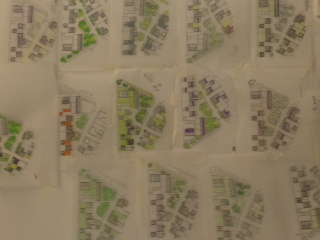Yasmin Ali
Urbanism // Design
MAKLab Resin Casting @ EISF
April 16th, 2014
MAKLab ran a novel workshop introducing Resin Casting to novices at this year's Edinburgh International Science Festival. Attendees were introduced to not only how to dye and cast resin polymer, but also firstly how to cast a mould forming the inverse of a desired form out of silicone. The silicone is fast-setting and produced a reusable mould from which duplicate resin casts could be made.
Casting the mould
1. It helps to use a plastic or similar frame stuck to a flat base as a surround. The object you wish to make a cast is then stuck temporarily to this base. It needs to be flush with the base.
2. The silicone and its catalyst are then mixed in equal measures and poured immediately into the mould.
3. Within around ten minutes the mould is set and can be disassembled from the frame.
Casting resin
1. The resin and its catalyst used in this case are mixed in equal measures.
2. The mixed resin must be poured straight after mixing as it is fast-setting. At this point it can be coloured using a drop of dye.
3. Within around ten minutes the resin is set and the piece can be separated from the mould.
about the organisers
MAKLab is an open-access member makers' workshop based in Glasgow. They recently moved from the Lighthouse to larger premises and are now based in Charing Cross. They have further plans for expansion, including a possible Edinburgh base, and a mobile MAKLab like this one, appearing at the upcoming Edinburgh Makers' Faire.
EISF 2014 runs 5-20th April and various venues around central Edinburgh. There are events daily for all the family, including workshops and talks, and theme nights. Many events are free; the full programme can be viewed online and in the official brochure.
// With Thanks to EISF Press Office
A+DS Design Skills Symposium, March 2014
April 7th, 2014Image Courtesy A+DS
Architecture + Design Scotland hosted their fourth Design Skills Symposium, this year at the Chris Hoy Velodrome in Glasgow, with site visits in Dalmarnock, Sighthill and Port Dundas. Planned as a learning event running over two consecutive full days for built environment professionals, the programme featured a packed schedule including an itemised itinerary for site visits.
Day 1 included a morning of talks led by opening address from Jim MacDonald, the Chief Executive of A+DS and a ministerial address from Derek Mackay, Minister for Local Government and Planning. Notably, many of the attendees were planners, several of whom had benefited from a primer workshop the previous month focusing on drawing skills.
The keynote address was given by Geoffrey London, a government architect from Melbourne who gave an interesting perspective on architecture and civic regeneration, introducing several innovative projects. London referred to some Scottish policy as being amongst the world's best practice in championing design policy and as a precedent for advocating good design. He spoke of several recurring issues common to major building projects and guides and mechanisms the local authority had implemented to remedy these. Of note was the new procurement relationship known as an alliance which obviates blame from all parties within the project by conferring shared responsibility amongst the client, contractor and architect. In the alliance, there are financial incentives for meeting targets to ensure key performance indicators are met. London also introduced fifteen buildings from his state, many as a result of international architectural ideas competitions. He also gave an illustrated talk on Melbourne's regeneration from an empty centre in the eighties, to a lively, youthful and vibrant city. He leaves us with to question whether Melbourne has become a victim of its own success, with disproportionate investor-owned central residential properties making it unaffordable to many young workers to own a property.
The talks were concluded by homegrown perspectives to pave the way for the event's site visits in the afternoon and the proceeding workshops the following day. Glasgow's approach was discussed by Clyde Gateway's Director of Development Martin McKay and Glasgow's City Design Advisor Gerry Grams. Overall, the East End's transformation for the advent of the Commonwealth Games is a tale of optimism, but it's part of a wider 20-year Development Framework planned for the Clyde Gateway area. Gerry Grams spoke broadly of the discrepancies in quality of life and built environment between east and west neighbourhoods, and the aspirations for the East End, as well as a detailed look at the masterplan for the Commonwealth Games and post-games legacy.
// With Thanks to A+DS & My Pinkie Promise
Book Review: Shaping Places
March 22nd, 2014
The core of Shaping Places: Urban Planning, Design and Development explores why this is essential, and how it can be delivered, by linking a clear vision for the future with the necessary means to achieve it. Crucially, the book argues that public authorities should seek to shape, regulate and stimulate real estate development so that developers, landowners and funders see real benefit in creating better places. Key to this is seeing planners as market actors, whose potential to shape the built environment depends on their capacity to understand and transform the embedded attitudes and practices of other market actors.
The premise of the main thesis is the requirement for 21st century town planners and civic leaders to be skilled in understanding the political economy of real estate development and successful in changing its outcomes through smart intervention. Drawing on a strong theoretical framework, the book reveals how the future of places will come to be shaped through constant interaction between State and market power.
Shaping Places is a well-considered textbook that explains how cities can work with the real estate development framework and cycle to help create attractive and prosperous places to live and work. It relates the role of market outcomes and economics to quality of life and therefore place, and economic outcomes as a vehicle and precursor to successful and sustained urban regeneration and development.
This is a cross-sectoral publication that bridges interrelated fields of Urban Design and Policy, Property and Real Estate Practice Management, and City Planning and regeneration. This is a correlation well-established in the University where the authors originate, with dual stream degree programmes with curricula overlapping content from City Planning and Real Estate Development, as well as a unique Masters’ programme accredited by both the RTPI and RICS. The book is aimed at students and career professionals and academics of these subjects, and is well illustrated with colour diagrams and photographs. The text is contextualised by a range of case studies, including international examples.
// Shaping Places: Urban Planning, Design and Development, Routledge, RRP £30.99 paperback
Book Review: Derelict Glasgow
March 7th, 2014
Derelict Glasgow is a book, website, exhibition and symposium curated by architectural photographer and designer Joe Shaldon, with support from A+DS. The book is the culmination of a personal project, which has gained acclaim from professional circles and the public alike, with a limited sold-out print run and pre-orders for another in the pipeline. The Derelict Glasgow website is popular, with over 15,000 visitors per month and no advertising other than social media and word-of-mouth. The exhibition runs for six weeks from 24th January 2014 onwards at the Lighthouse, following the sold-out symposium.
With related topics in vogue such as urbexing (urban exploring) and the new photo-documentary genre dubbed ‘ruin porn’, the book is on the money in terms of current trends, but also hits a note with more longevity. Glasgow is a city with a long history of contested demolitions, including works of Alexander Greek Thomson in the sixties, as well as more recent high-rises like Red Road and Sighthill, threatened by waves of gentrification via initiatives like the Commonwealth Games regeneration programmes.
The limited edition book, subtitled volume 1, is a neat archival collection of photographs of mainly vacant and disused buildings around Glasgow, alongside a concise short history and description for each. The photos alone form a powerful photo-essay of Glasgow’s urban decay and a harsh reminder of the cracks that can emerge in the urban fabric of shrinking cities. Despite their dereliction, these buildings are often looked upon with a sense of affection attached to nostalgia, which in part, explains the popularity of the subject matter, especially with the local community. The rest is explained by seeing this impressive body of work.
// Catch the exhibition at The Lighthouse, Glasgow until 4th March, Free.
Event: Drawing Places Workshop, 27 February
March 3rd, 2014
In advance of the A+DS event Design Skills Symposium, The Scottish Government ran a primer workshop based on drawing skills called Drawing Places, in conjunction with A+DS. The workshop was aimed at built environment professionals from non-design backgrounds and particularly relevant to planners. The lessons and techniques learned from Drawing Places are designed to be transposable to the masterplanning session at the forthcoming Skills Symposium.
The workshop also served to remind professionals of how design skills, and spatial awareness, are important to the town planning profession. Many of the attendees started the day professing not being able to draw yet produced well considered, high quality drawn responses, as shown in this selection of images. Attendees praised many aspects of the day's lessons, including discovering the joy of sketching and the ability of sketches to bring ideas to life.
Delegates were also keen to take the knowledge gained back to their offices. One local authority attendee is thinking of rolling out a similar programme as lunchtime CPD sessions for Development Standards and Development Planning Officers.
// With thanks to Susie Stirling who led the workshop with contributions from JMArchitects and Anderson Bell Christie.








